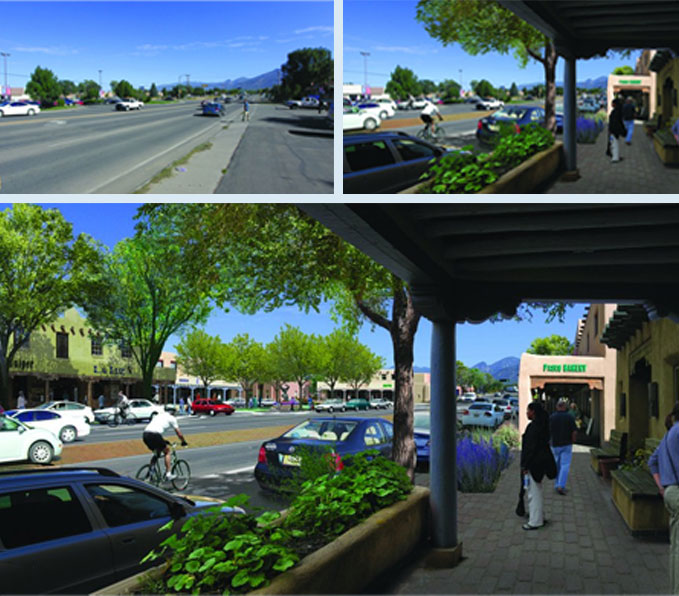PlaceMakers Toolbox
The Codes Study
The Codes Study is a collaborative effort led by Hazel Borys, Emily Talen, and Matthew Lambert, and contributed to by many public and private planners, documenting the prevalence of form-based codes worldwide.
It tracks qualifying form-based codes, including SmartCodes and other Transect-based codes, that:
- Focus primarily on regulating urban form and less on land use
- Are regulatory rather than advisory
- Emphasize standards and parameters for form with predictable physical outcomes (build-to lines, frontage type requirements, etc.) rather than relying on numerical parameters (FAR, density, etc.) whose outcomes are impossible to predict
- Require private buildings to shape public space through the use of building form standards with specific requirements for building placement
- Promote and/or conserve an interconnected street network and pedestrian-scaled blocks
- Feature regulations and standards keyed to specific locations on a regulating plan
- Include unambiguous, clearly labeled, and accurate diagrams in their presentation of spatial configurations
As of its most recent update in June 2019, the study tracks 728 codes that meet the criteria established by the Form-Based Codes Institute (FBCI), as well as an additional 17 form-based guidelines.
439 of these were adopted, while others were in progress. 91% of them were adopted since 2001.
The Codes Study also tracks major initiatives and guidelines that may assist in the formulation of form-based codes. While these may not meet FBCI criteria and do not count toward the numbers of FBCs, SCs, and TBCs, they are listed within the data as FB Guidelines.
Collaborative Google Maps
As you add your work, please use purple markers for other form-based codes, green markers for SmartCodes adopted, and yellow markers for SmartCodes in progress.


Why form-based codes?
Current laws tend to separate where we live from where we work, learn, and shop, and insist on big, fast roads — roads that are unfriendly to pedestrians, cyclists, and transit — to connect them all. As a result, North Americans spend more hours in their cars than anyone else on earth.
Increasingly, cities and towns are turning to form-based codes to reverse these trends. Big city adopters include Miami, Nashville, Buffalo, Dallas, Ft. Worth, Denver, Albuquerque, El Paso, Memphis, Baltimore, Tulsa, Portland, Cincinnati, Philadelphia, Los Angeles, San Diego, Austin, Chattanooga, Atlanta, Jacksonville, Calgary, Abu Dhabi, and Dammam. And because the unit of urban design is the neighborhood, form-based codes have also been applied to populations as small as 100 people and 35 acres.
![]() Codes Study by Hazel Borys, Emily Talen, and Matthew Lambert is licensed under a Creative Commons Attribution-NonCommercial-ShareAlike 3.0 Unported License. Based on a work at placemakers.com/codes-study/.
Codes Study by Hazel Borys, Emily Talen, and Matthew Lambert is licensed under a Creative Commons Attribution-NonCommercial-ShareAlike 3.0 Unported License. Based on a work at placemakers.com/codes-study/.

